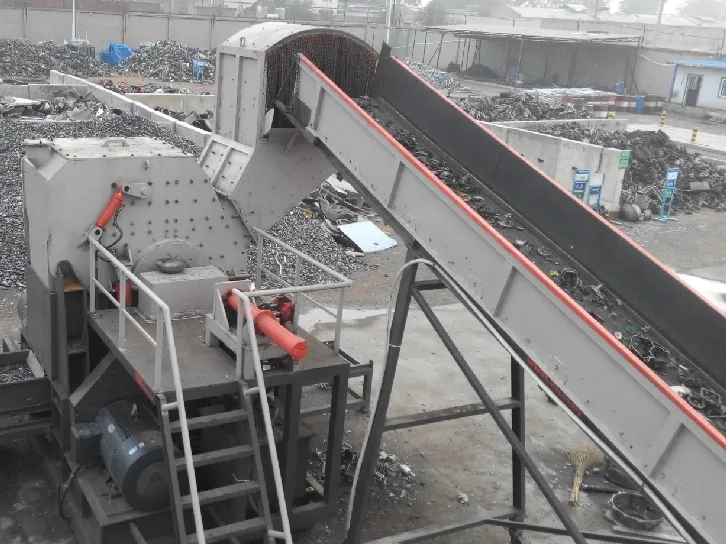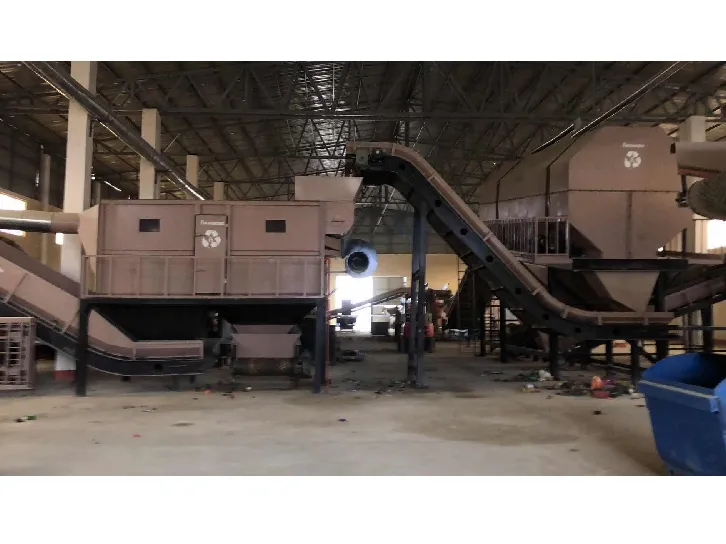Industrial garden waste shredders are integral tools in sustainable waste management and landscape maintenance. These robust machines epitomize the intersection of engineering prowess and environmental stewardship, transforming bulky garden debris into manageable mulch or compost material. This capability not only reduces landfill contributions but also supports eco-friendly gardening practices, improving soil health and promoting plant growth.

For industry experts and landscape professionals, the importance of an industrial garden waste shredder cannot be overstated. They come equipped with high-capacity engines and blades designed to handle varied materials—from branches and leaves to thicker wood. The effectiveness of these machines lies in their shredding mechanisms, often utilizing a blend of hammers, flails, or blades to reduce waste into small pieces, suitable for composting or easy disposal.
In choosing the right shredder, expertise in machine specifications is crucial. Users must assess engine power, feed capacity, and the type of cut desired. Industrial shredders often feature engines ranging from 5 to over 15 horsepower, allowing them to handle large quantities of waste consistently. Expertise in leveraging these specifications can significantly optimize efficiency, aligning capabilities with specific project requirements.

In operation, the real-world experience with these shredders influences both their utilization and maintenance. Users often recount the significant time savings and increased productivity brought about by these machines. For instance, a typical narrative might detail how an industrial landscaper, previously bogged down by manual disposal processes, leveraged a powerful shredder to streamline operations, thus leading to a more efficient workflow and enhanced client satisfaction.
industrial garden waste shredder
Maintenance and longevity are factors where authoritativeness and trustworthiness become evident. Proper maintenance routines, including regular blade sharpening and engine checks, extend the machine's lifespan, ensuring that it performs optimally over years of heavy use. Experts advocate for routine inspections to prevent operational downtimes, recommending schedules that align with manufacturer guidelines while incorporating user insights based on specific usage patterns.
For garden waste management, embracing an industrial shredder signifies a commitment to ecological responsibility. These machines contribute to sustainable practices by facilitating compost production, thereby enriching soil without chemical fertilizers. They empower users to create a closed-loop system within their gardening or landscaping projects, enhancing both environmental and economic value.
The ecological impact extends beyond mere waste reduction. Shredded garden waste contributes substantially to biodiversity when used as mulch. It conserves soil moisture, reduces weed growth, and ensures that nutrients return to the ecosystem. This cycle not only supports sustainable gardening practices but also aligns with broader environmental objectives, promoting harmony between professional landscaping activities and nature.
In summary, industrial garden waste shredders offer a confluence of technical prowess and eco-conscious design. Their ability to transform waste into valuable resources renders them indispensable for professionals aiming to balance productivity with sustainability. Through careful selection, operation, and maintenance of these machines, users can reinforce a reputation of authority and trustworthiness in the field, demonstrating a commitment to both environmental and operational excellence. As the demand for sustainable practices continues to rise, the role of industrial garden waste shredders will inevitably become more prominent, anchoring their place in the toolkit of modern landscaping professionals.


